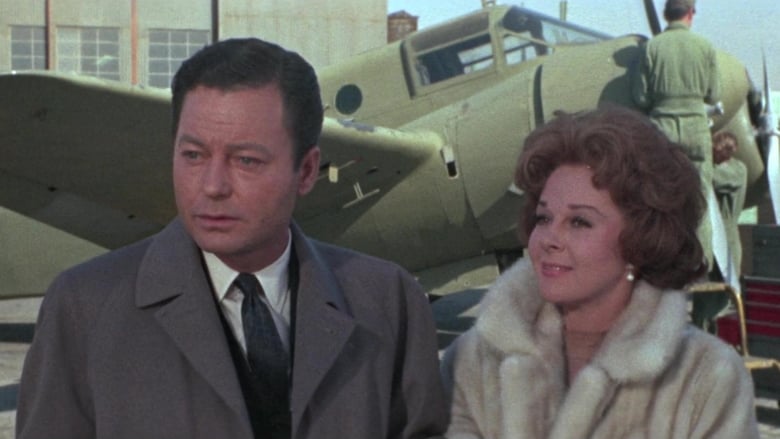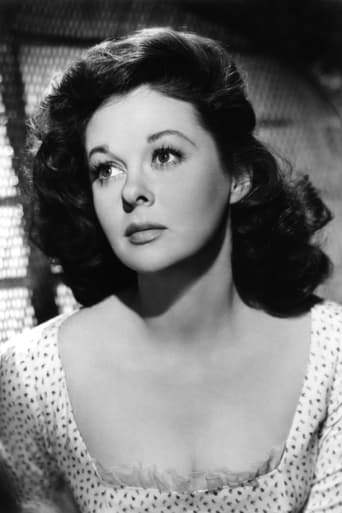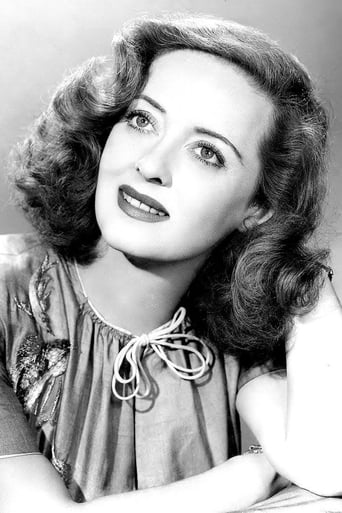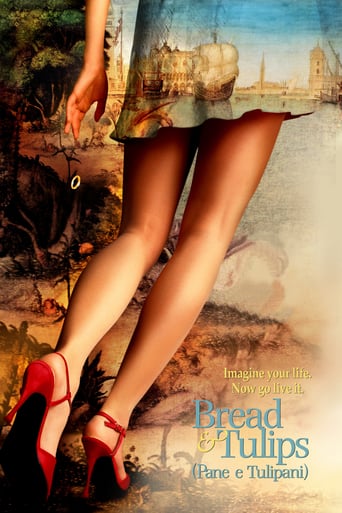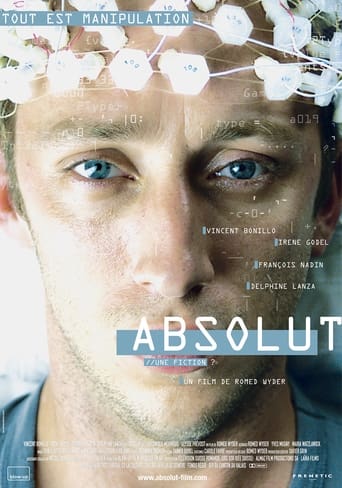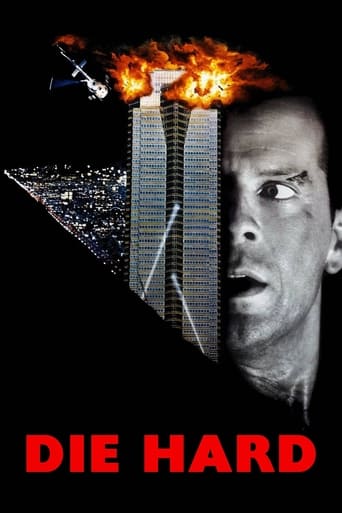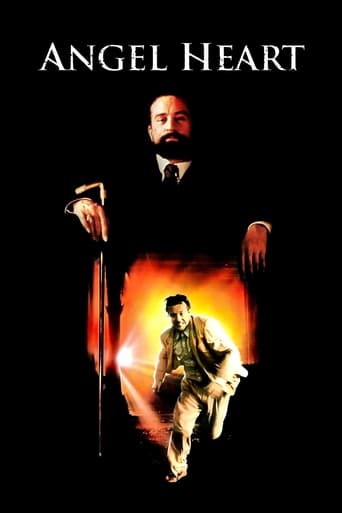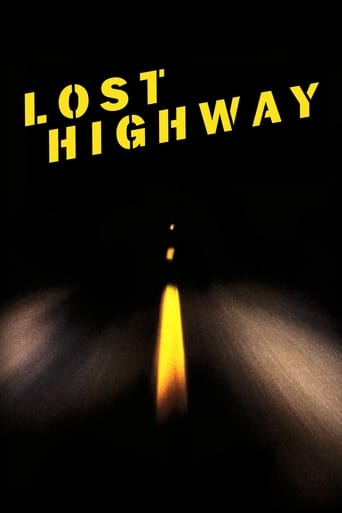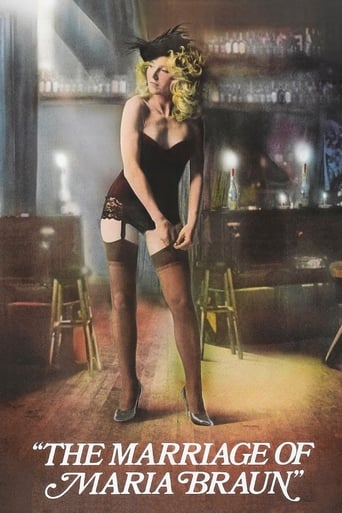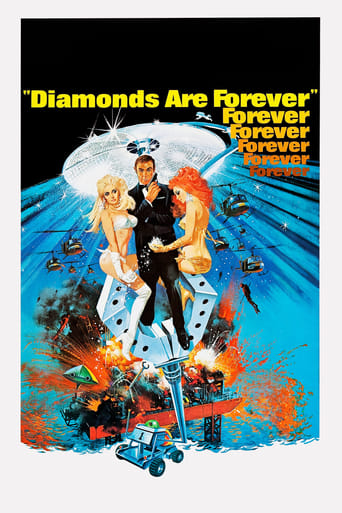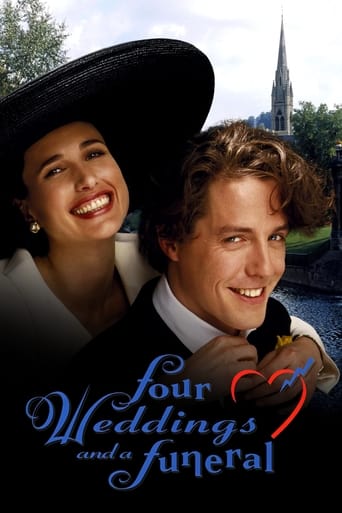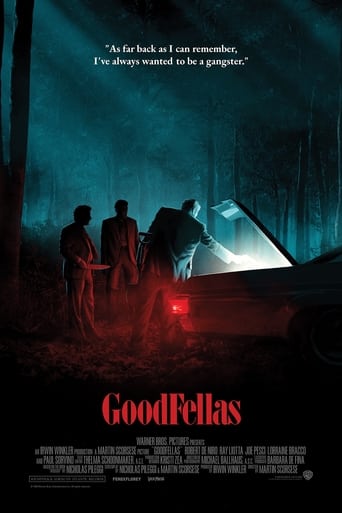Where Love Has Gone (1964)
A divorced couple's teen-age daughter stands trial for stabbing her mother's latest lover.
Watch Trailer
Free Trial Channels
Cast


Similar titles
Reviews
Am I Missing Something?
It's fun, it's light, [but] it has a hard time when its tries to get heavy.
This film is so real. It treats its characters with so much care and sensitivity.
.Like the great film, it's made with a great deal of visible affection both in front of and behind the camera.
If you're up on your old Hollywood gossip, you probably remember when Lana Turner's daughter stabbed Lana's boyfriend to death in the 1950s. If you didn't know that, there's no need to read up on it; Hollywood made a movie about it seven years later! In Where Love Has Gone, a teenage daughter is arrested for murdering her mother's boyfriend and is put on trial. While the names were changed, Susan Hayward plays the Lana Turner part, Joey Heatherton plays the daughter, and Mike Connors plays the ex-husband, puzzled by his daughter's behavior. Bette Davis joins the cast as Susan's mother, and when the two powerhouse actresses share the screen together, they practically tear each other apart! The gloves are off and the two women spit fury, snap one-liners, and give their all in emotional outbursts. Regardless of the scandalous plot, it's worth watching the movie just to see the two strong legends act together. If you like courtroom dramas, dysfunctional families, or emotional soap operas, rent Where Love Has Gone over the weekend with a bunch of your girlfriends.
...when films of 1960-1965 had one foot in the demure production code era and one foot in the budding sexual revolution.After the credits open with some horrid MOR song over idyllic shots of San Francisco, we cut to the action. Joey Heatherton stabs Rick Lazich in the presence of her mother (Susan Hayward), who had him as her latest boyfriend. Heatherton's dad (Mike Conners) flies in for appearance's sake, since he's there at the sufferance of Grandma (Bette Davis in another of her juicy later career roles) who controls everything.We get a flashback to how Conners and Hayward married and divorced. Although, this is a flashback to some alternate-universe 1944 in which the US is still at war but everybody wears 1960s fashions and hairstyles. Conners is a war hero; Hayward a sculptress; Davis interferes in their marriage and gets all of the bankers in Frisco to make it so that Conners can only go back to her family business rather than start his own architecture firm. Hayward sleeps around (presumably) with her models while Conners drinks himself into a divorce.Back in the present day, the killing is deemed a justifiable homicide, but Heatherton is kept in juvie while the courts can figure out who, if anybody should get custody of her. George Macready plays Davis' lawyer; Jane Greer comes from out of the past to play a social worker; and DeForrest Kelly plays Hayward's art dealer (Jim, I'm a doctor, not an art critic!).Davis overacts and delivers pointed bons mots; Hayward wears big hair and recites some terribly overripe lines; Conners gets to be wooden; and Heatherton cries "Daddy!" all the time; you almost expect her to break out into the "I've Written a Letter to Daddy" song that appears at the beginning of What Ever Happened to Baby Jane? And then there's an ending that makes no sense.If you're looking for a serious movie, I'd rate it a 3/10. But if you're looking for the sort of turgid, over-the-top potboiler where you yell back at the screen and laugh at the absurdity of it all, I'd give it an 8/10. It's not quite as "so bad it's good" as Valley of the Dolls or Torch Song, but it's an eminently entertaining disaster nonetheless. I split the difference to give it a 6/10.Just one more thing. Bette Davis is only nine years older than Susan Hayward, but very credibly looks like her mother. Part of that was that Bette Davis, dish that she was when she was young, aged very poorly for whatever reason. The other part is makeup. In contrast, Susan Hayward aged very well, as short as her life was, and she looks nowhere near 47 here, which was her actual age.
This is a film so campy bad that Hayward and Davis were bound to fight. I haven't read the book, but apparently Davis' character was supposed to die. She held up filming because she thought it would be out of character. The two actresses had a row in which Davis tore off her wig and threw it at Hayward (Sound familiar? As if Jacqueline Suzanne were looking on?) Hayward called Davis a "bitch,bitch,bitch!" They supposedly had a coin toss where Hayward won the right to die.The irony and entire subtext, what little there is, is that Valerie was naturally the wild child and would have done more to wreck her marriage and daughter's life than Luke could have done with his rather unviolent, unrevealing alcoholism (no Lillian Roth is he). When Valerie asks whether Luke thinks it was harder for her than him to ask for reconciliation, Luke says it was harder for him not to make it happen. But that's not to say Luke is trying to protect her from his failings -- we don't feel it. Rather I feel that Valerie is essentially a bad artist who throws clay together (that is made rather clear) from whom the entire world must be protected.It is said that when Hitchcock filmed "Rope", everyone but Jimmy Stewart was informed that this film was about a gay crime in which all the characters were gay. Someone forgot to inform Hayward that she was playing a spoiled insouciant egotist who could make the first move to ruin both career and marriage. And that is the real point of the Johnny Stompanato case -- this is a man who committed statutory rape against Lana Turner's daughter, and whom Lana Turner should have been wary of. But she was so sex addicted and manipulative that she essentially allowed it to happen - and made an entertaining soap opera of it at trial. So Hayward, who was a strong actress, was clueless.It is also said by professional writers that "BUtterfield 8" has the single worst opening sentence of any novel in English. Likewise, WLHG might have benefited from some really bad dialogue added to some of the genuinely witty lines (mostly coming from Joey Heatherton) the more you punch a punchy boxer and hurl wet clay on behalf of the United Nations (Whose Valerieesque style of art still can be found in globalist institutions) the better it looks.I see a remake here where Luke is the hapless comptroller of bankrupt California and Valerie is a Hayward impression of Nancy Pelosi. The wa-wa pedals of doom!
On April 4, 1958, Lana Turner's daughter, Cheryl Crane, stabbed Turner's boyfriend, underworld figure Johnny Stompanato, to death, in what was later deemed a justifiable homicide. This scandalous incident served as the inspiration for Harold Robbins' 1962 novel "Where Love Has Gone," his follow-up to "The Carpetbaggers." And this tawdry novel was given the A-list treatment by Paramount two years later, in a film that was critically lambasted but commercially successful. The picture featured the cream of Hollywood talent both in front of and behind the camera, but turned out to be a highly melodramatic affair, replete with florid dialogue and soap operalike qualities. But is it fun to watch today, almost five decades later? Oh, yes, indeed!The film cleaves into two fairly discrete sections. In the first, we meet Luke Miller, an aspiring architect (played by Mike Connors) whose daughter, Danni, has just killed his ex-wife's lover in San Francisco. (Fifteen-year-old Danni, it should be mentioned, is played by future sex symbol Joey Heatherton, 20 here and almost unrecognizable as a redhead.) In flashback, we see how Luke first met Danni's mom, a sculptress and artist named Valerie Hayden (Susan Hayward), daughter of society matron Mrs. Gerald Hayden (Bette Davis, despite the fact that Bette was only 10 years older than Susan), and how their marriage soon dissolved due to alcoholism and infidelity. In the film's second half, we are witness to Danni's juvenile hearing and see the aftermath of the murder, including a short sojourn in blackmailing territory."Where Love Has Gone" features some beautiful sets and makes excellent use of its S.F. locales. It also features a catchy Sammy Cahn/James van Heusen theme song, warbled by Jack Jones, and eye-catching costumes by famed designer Edith Head. Edward Dmytryk's direction (he had previously worked with Susan on 1955's "Soldier of Fortune," though never before with Bette, and had just directed the film adaptation of "The Carpetbaggers") is typically expert, and the supporting cast (including DeForest Kelley as a cynical art critic, here two years pre-"Trek"; the always hissable George Macready; Jane Greer, who had appeared with Susan in 1947's "They Won't Believe Me"; and Whit Bissell, who seems to have appeared in half the films ever made!) is just fine. But of course, the main selling point of this film has to be the first and only pairing of two of Hollywood's greatest actresses, Bette Davis and Susan Hayward (two of MY personal favorites, at least). These two supposedly didn't get along well on the set (surprise, surprise), but sure do have a cutting and nasty chemistry on screen! Susan's final courtroom speech may be the film's finest moment, thespianwise, although Mike Connors, here three years prior to beginning his eight-year run as TV's Mannix, provides the film with its most ingratiating performance. In short, "Where Love Has Gone" is certainly nobody's idea of a great film, much less "high art," but yes, it sure is fun to watch. And really, where else are you going to see the "Brooklyn Bombshell," Susan Hayward, handle a blowtorch?


